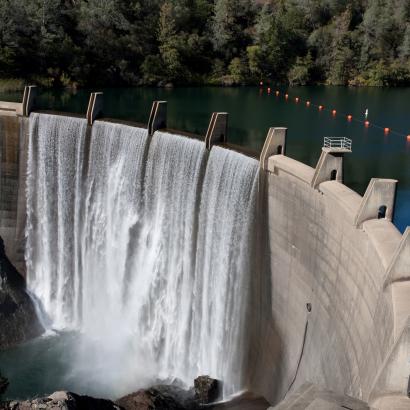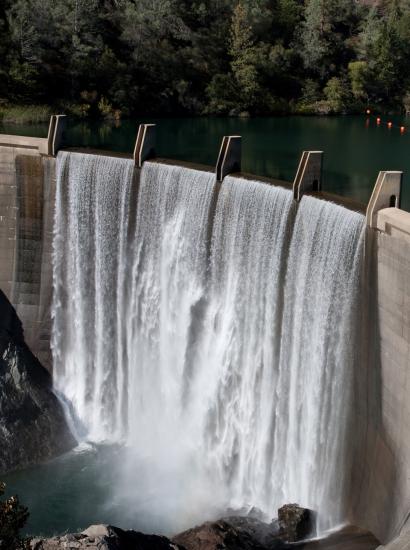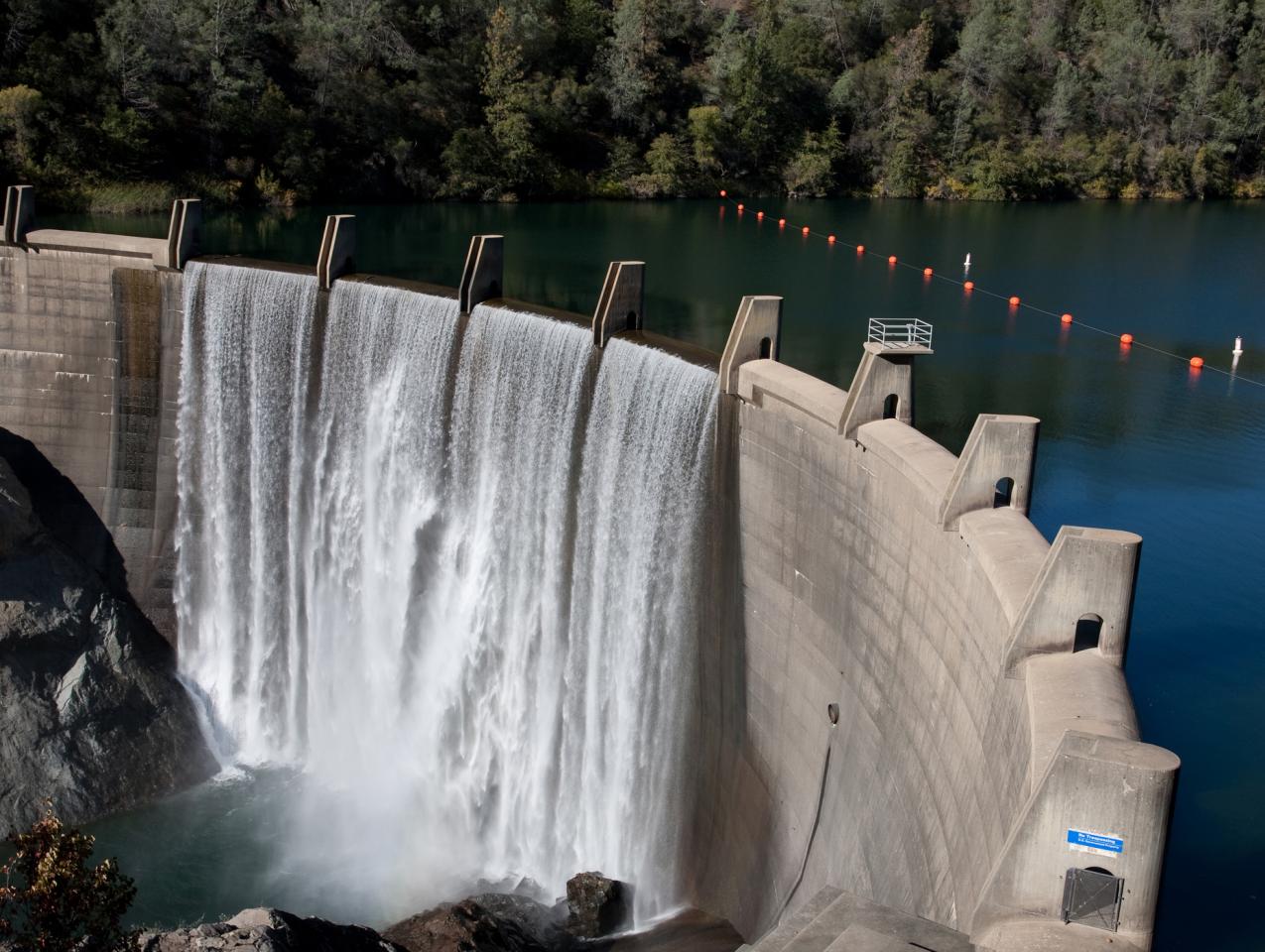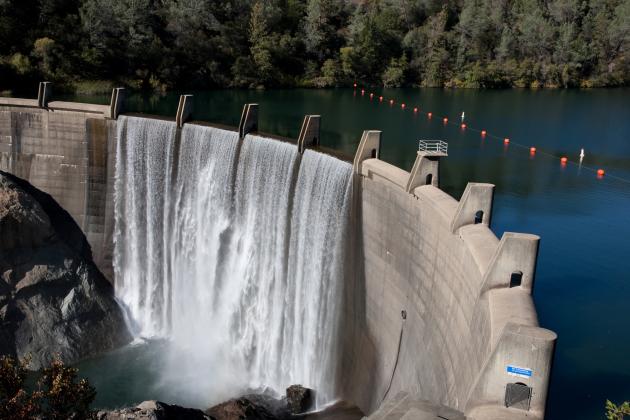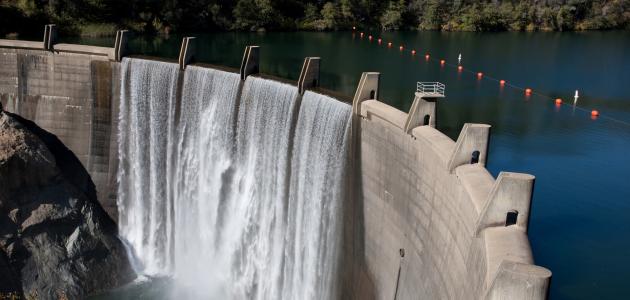Last week’s column described how California has not provided reliable and reasonably priced water supplies to Californians. It also described how failure to maintain existing water infrastructure and invest in new water infrastructure has played an important role in California’s chronic water shortages.
The absence of a well-functioning water market is another reason why California perpetually finds itself in a state of water chaos. The consumption of water for agriculture, environmental, and residential and non-agricultural commercial uses indicate that the state could benefit enormously from such a market.
Residential and non-agricultural commercial water use accounts for only about 10 percent of state water consumption. This means that restricting car washing, tearing up grass lawns and replacing them with artificial turf, and requiring restaurants to serve water to customers only upon request will not move the state’s water-use needle.
The state could force consumers and non-agricultural businesses to cut their water use by a draconian 50 percent, but it would reduce state water consumption only by 5 percent. Virtually any discussion about cutting residential and non-agricultural business water use as a solution to California’s chronic water shortages is a non-starter. But this is exactly what the state is now doing. Jerry Brown’s recent decision to sign SB 606 and AB 1668 into law, an action that received very little media coverage, will implement permanent state water rationing.
Beginning in 2020, households will be restricted to using no more than 55 gallons of indoor water per person daily, and this will decline to 50 gallons per person per day by 2030. The new legislation calls for fines as high as $10,000 per violation. Brown certainly understands that household water use is a drop in the bucket, but he has often felt the need to impose and advertise his own pious notion of frugality on the state, whether it was using a Dodge Dart rather than a limousine when he was governor in the 1970s, or more recently when he passed large restrictions on state carbon emissions that will have almost no effect on worldwide greenhouse-gas emissions. Brown’s parting gift to Californians is permanent water rationing.
A much better approach is to implement a well-functioning water market. Like every other resource, water is scarce and should be allocated so that it is employed in its highest valued use. A market—not government controls—is the best way to achieve efficient water allocation. And the fact that a competitive market has the potential to make everyone better off, compared to a system of government controls, is poorly understood by policy makers.
Ninety percent of state water is used by agricultural producers and for environmental purposes. Agriculture accounts for roughly 50 percent of water use, and the remaining 40 percent goes to environmental maintenance. And here is where a water market could do California a world of good.
Agricultural water use is governed by a byzantine set of legacy water rights, some of which are more than a century old. In many cases, these water rights cannot be bought or sold, and this restriction leads to very inefficient water use. Alfalfa and other forage crops, which are principally used for livestock feed, used about 20 percent of the state’s water during the last drought but produced only about 7/100 of one percent (.0007) of state GDP. Add in the market value of cattle to the value of forage products, and it is still only 2/10 of one percent (.002) of state GDP.
Low-value, water-intensive crops were grown during the drought because the cost of water associated with these agricultural water rights was low, and because this water is either not easily sold or its sale is prohibited. A well-functioning water market would make farmers with water rights, as well as the rest of the state, better off.
For example, almond growers would have loved the opportunity to purchase additional water to irrigate their almond trees during the drought. Almonds are also water-intensive crops but are relatively high value. California’s almond crop used about half as much of the state’s water during the drought as forage, but the value of state almond sales as a percentage of state GDP was nearly ten times as high.
This suggests that almond growers would have been better off if they could have purchased water from forage growers, and that forage growers would have been willing to sell their water at a profitable price to agricultural producers with higher-value crops. The oldest lesson in economics is that free trade confers benefits to both the buyer and seller, and this lesson is as important with California water as with any other resource. Setting up a well-functioning market requires navigating a sea of regulations, but there is no better time to do this than now.
Of course, the market price for water would fluctuate depending on water supply, being low during periods of high rainfall and high during periods of drought. This raises the question of how low-income households could afford water during drought periods.
There are many ways to address affordability, including tiered pricing, in which the price of water would be initially low and rise according to the amount of water used by a household. Alternatively, every household could also be provided with a certain number of water coupons, which could be bought or sold in a water market. If a low-income household was willing to economize on water use, they could raise their income by selling some of their water coupons, which would increase cash available for buying other goods.
There is also the question of environmental maintenance, which uses 40 percent of the state’s water. States are required to protect endangered species by federal law, but the law does not tell government specifically how to do this. If government had to explicitly budget environmental water at water’s true market price, rather than at an artificially low price, then government would be incentivized to find solutions that economize on water use.
For example, during the middle of the state’s last drought, billions of gallons of water were used to flush a few steelhead trout up a river. But certainly this can’t be the only way to save the fish, which were landlocked by a dry riverbed. And did the fish even survive the pulse of billions of gallons of water that was intended to get them upstream? Perhaps aquariums could have worked? Or some other alternative that would not have required flushing billions of gallons of water out to sea during the worst drought in 1,200 years.
A market for water would naturally balance supply and demand through a price system. This market could benefit all, including low-income households. Well, maybe not everyone. It would not benefit those government agencies whose existence depends on controlling, managing, and allocating state water.








